Last updated on 2025-08-01
A review and photo examples of the Ms-optics APOQUALIA 28mm F2-II with the LEICA M10.
- Please see the disclaimer regarding advertising here.
- Italicized links in the text are advertisement links that take you to other sites.
Table of contents
Gallery
- APOQUALIA 28mm F2 Photo example (with Leica M10)
Review
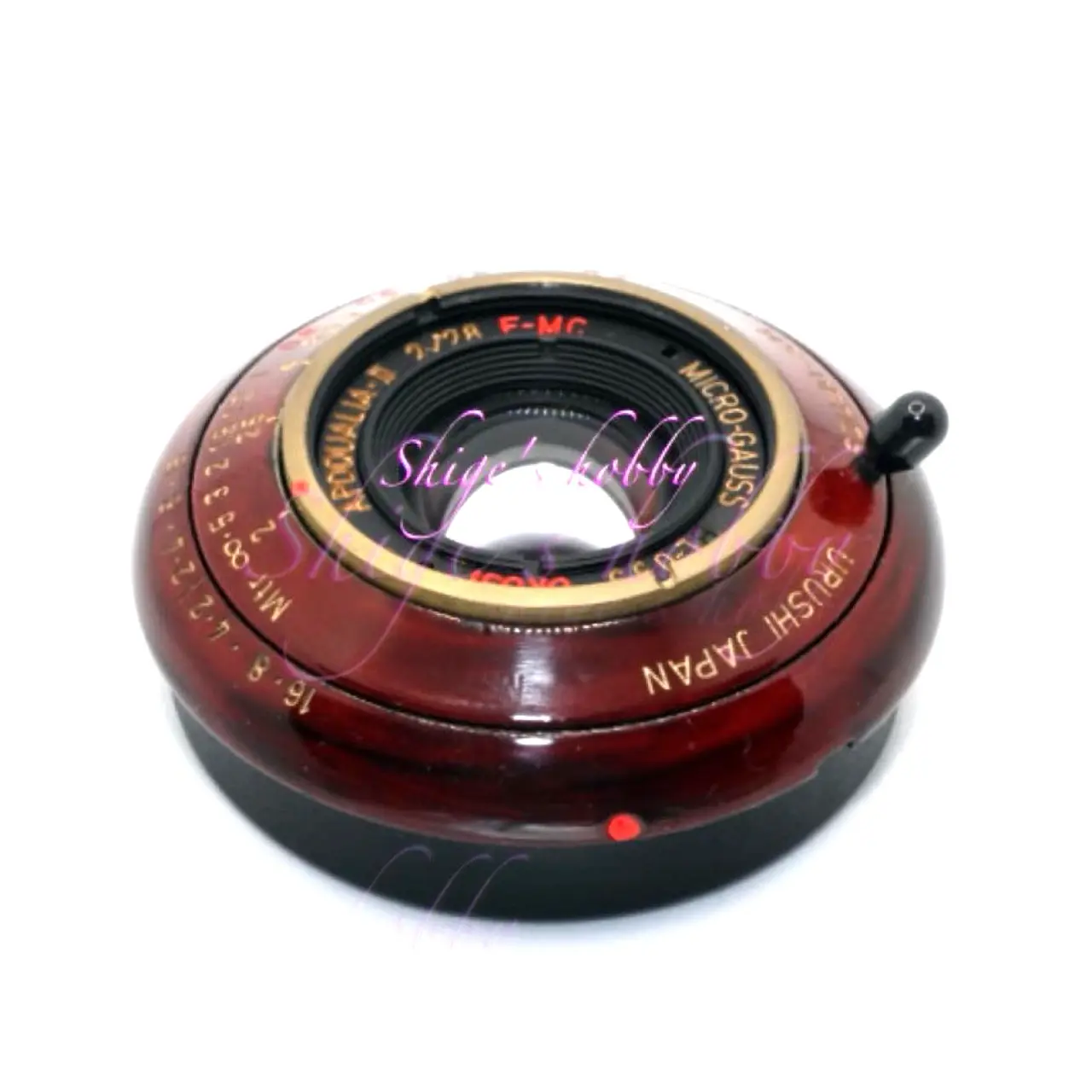
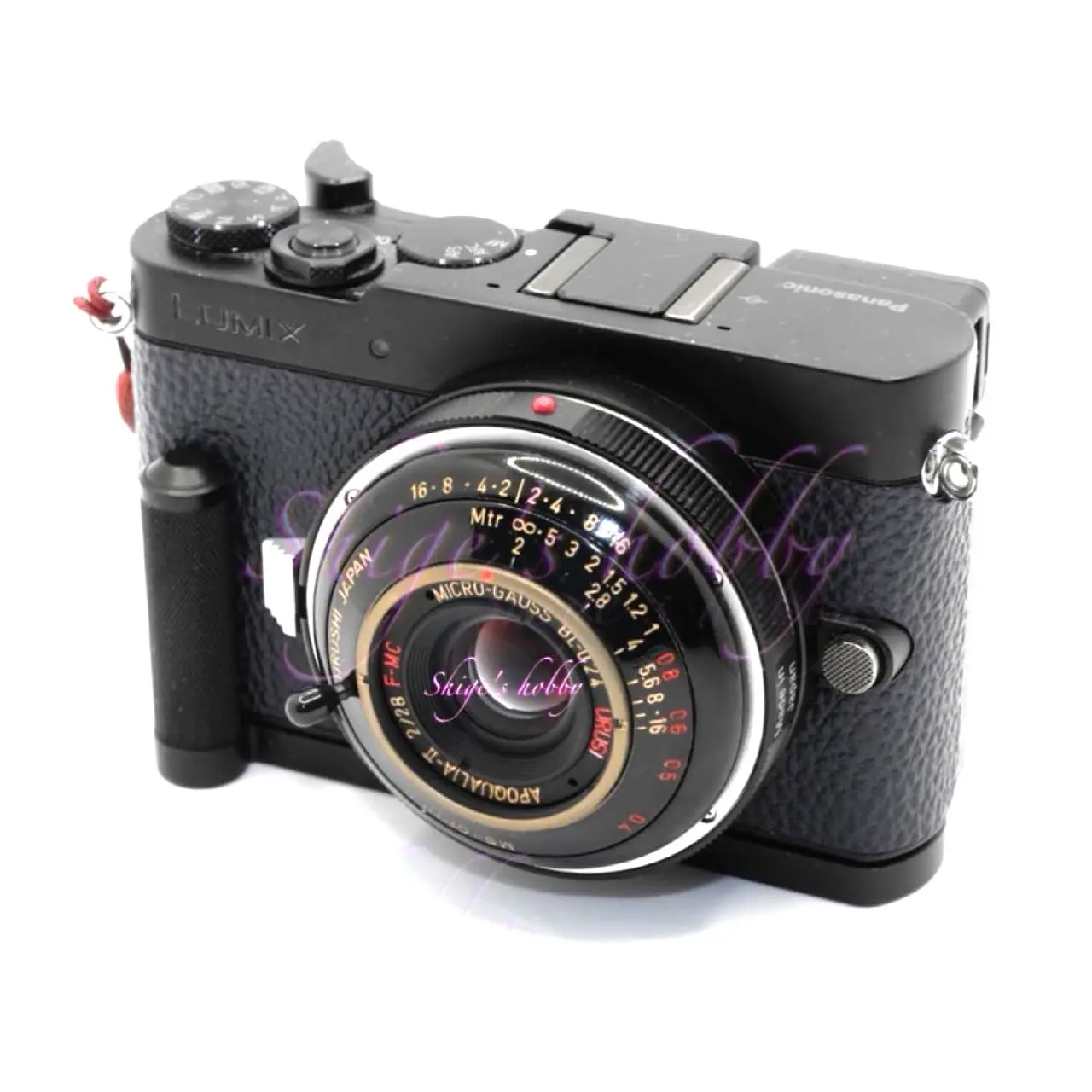
1.Overview
The Apoqualia 28mm is a large-aperture lens with a focal length of 28mm and maximum aperture of F2 released by MS-Optics (Miyazaki Optical) in 2018. It is a large-aperture, wide-angle lens in a compact body.
The lens is a Gaussian type with 6 elements in 4 groups, and the minimum shooting distance is 0.35m, and it is linked to the M-type Leica rangefinder up to 0.8m.
The filter diameter is 28mm, the lens length is 10mm, and it weighs 70g.
2.Usage
The Ms-optics APOQUALIA 28mm F2-II is a lens that focuses on image quality in the center. When the aperture is open, the image quality in the periphery deteriorates, but this can be improved by narrowing the aperture. In the case of general lenses, the aim is to maintain a certain level of resolution even when the aperture is open, but in the case of Ms-optics, this is the specification because they prioritize compactness and brightness.
As mentioned above, the deterioration of image quality in the periphery is the design intention, so if you do not understand this, you will mistake it for a defective product. Also, since the lens concept is largely dependent on the sensibility of the photographer, it is best not to use it if it does not suit your taste.
The example photo was taken with a Leica M10 at full aperture, but when you look at the result, the peripheral area is fluffy, and even though a flat object is being photographed, the image quality on the left side is reduced, resulting in a so-called one-sided blur. I think that this roughness will not disappear even if you narrow the aperture when using a high-pixel digital camera.
Therefore, it is recommended to use this lens with a compact camera with a small sensor size. With this lens, the image is cropped to 43mm equivalent in 35mm format on APS-C size sensors, and 58mm equivalent in 35mm format on Micro Four Thirds sensors.
Thanks to the cropping effect, the peripheral noise and light falloff that can be a concern with 35mm full-frame sensors are almost completely eliminated. As mentioned above, the minimum shooting distance is 0.35m when using the EVF of a mirrorless camera, making it a versatile lens that can be used for macro use and table photography.
In particular, the combination of this lens and the LUMIX GM5 matches very well with its minimalist appearance, and the focal length of about 60mm is slightly narrower than that of a standard lens, making it useful for snapshots that capture the space with a little of the surroundings.
Although it is a compact lens, there is no problem with operability, and the focus can be adjusted smoothly by rotating the focus lever that protrudes from the lens barrel. The aperture is located at the front of the lens barrel, so it can be changed by rotating the hood attached to it. Since there are no click stops on the aperture, the exact aperture value must be confirmed visually.
I have a lacquered lens, but the paint film is quite weak, and even if I don’t handle it roughly, the paint comes off if it is slightly bumped or rubbed. The downside is that I have to be careful when taking it out. I don’t want to keep it as a decoration, so I use it, but the paint is peeling off.
3.Summary
In conclusion, to sum up the Ms-optics APOQUALIA 28mm F2-II, the minimum shooting distance has been shortened, making it easier to use.
With 35mm full-frame digital cameras, the image tends to be blurred except at the center, and narrowing the aperture does not improve it much, so this lens is better used with cameras equipped with smaller APS-C size sensors or Micro Four Thirds sensors.
The lacquer finish looks good, but the surface is weak, so the paint is likely to peel off. For everyday use, the regular painted 2-type or 3-type is better.
Specification and Competitor
This lens was leased over three generations, Type I, Type II, and Type III, and each generation has a different design. Type 2 in particular has a wide variety of colors and is a colorful lens.
The difference in performance is that Type I has a minimum shooting distance of 0.8m, which is the same as the rangefinder coupling range of a rangefinder camera, while Type 2 and Type 3 have a rangefinder coupling range of 0.8m, but in line with the spread of mirrorless cameras, it is possible to take close-up shots by extending the lens up to 0.35m. Shooting beyond 0.8m is done by eye, EVF, or rear monitor.
In 2023, the fourth generation APOQUALIA 28mm F1.7 was released, with an aperture value of F1.7. This lens has the same lens configuration of 4 groups and 6 elements, but looking at the specifications attached to the lens, changes have been made to make the central glass thinner to make the lens brighter.
Leica and Voigtlander have released 28mm F2 large aperture wide-angle lenses with the same specifications as this lens.
Compared to the Voigtlander Ultron 28mm and Leica Summicron 28mm, the Apoqualia is characterized by its overwhelmingly compact lens barrel.
The Voigtlander and Leica have larger lens barrels and lenses, and produce consistent, clear images even at full aperture.
Both are the result of the use of retrofocus lens designs and the latest optical design.
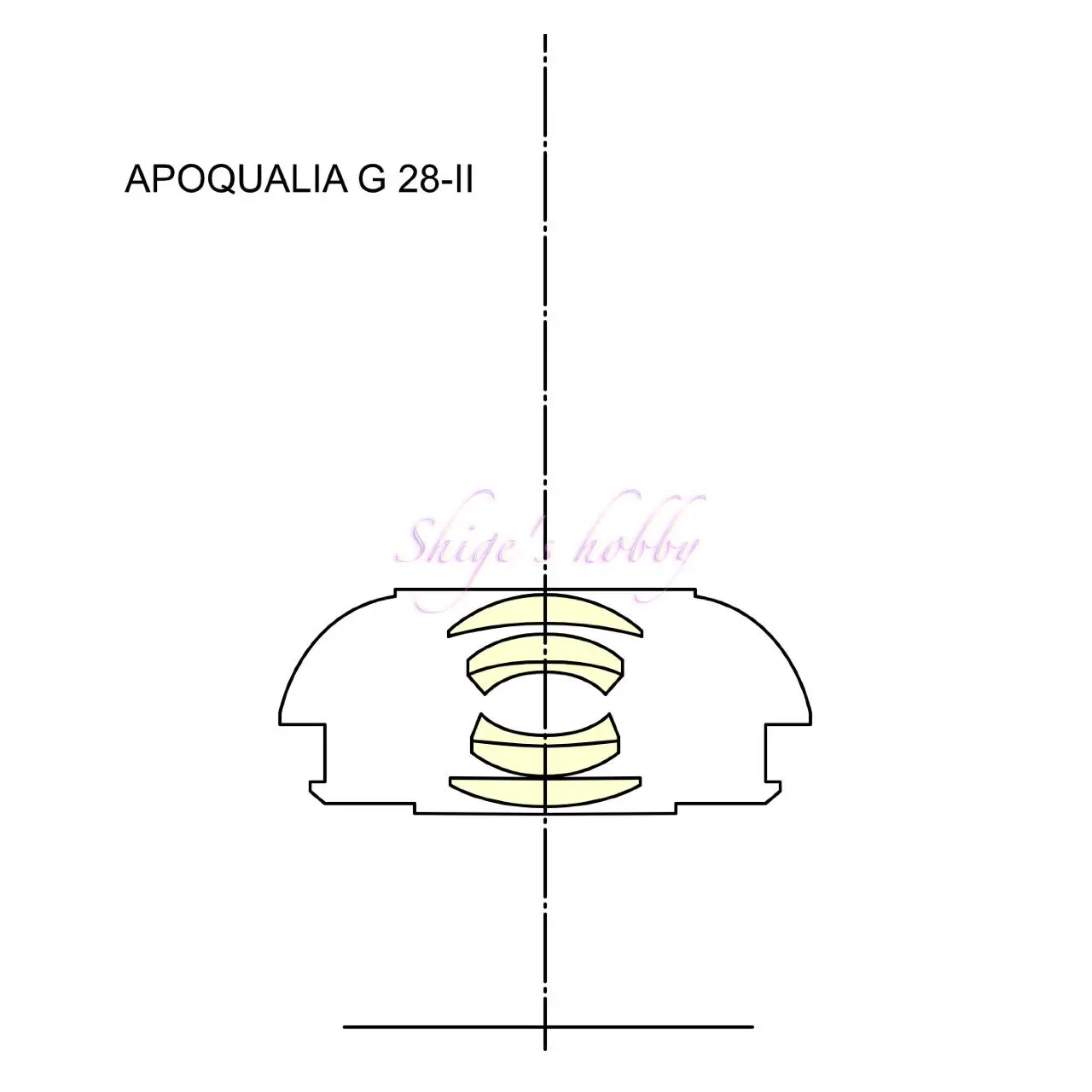
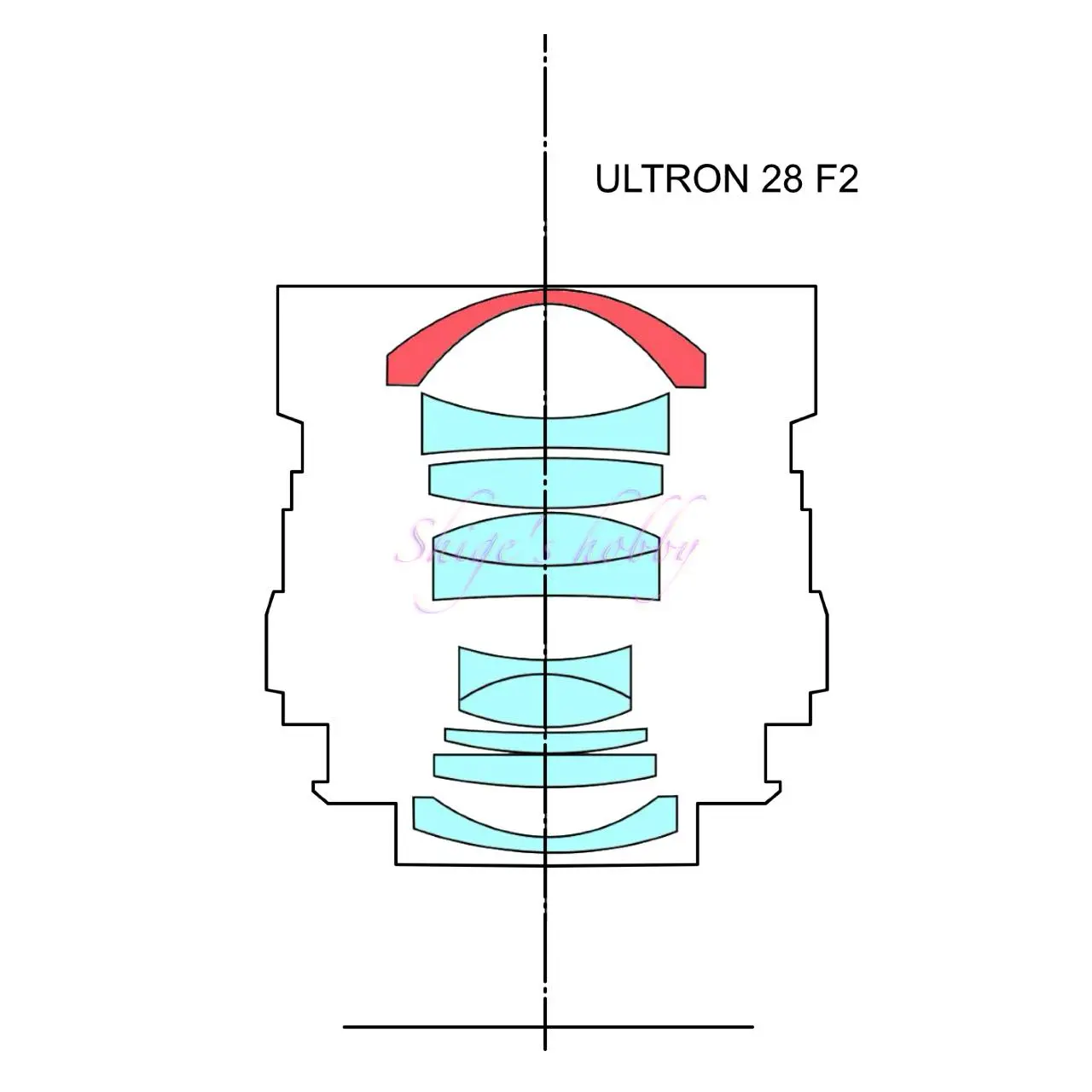
| Item | APOQUALIA-2 | ULTRON |
| focal length(mm) | 28.8 | 28 |
| Maximum aperture | 2.08 | 2 |
| Minimum aperture | 16 | 22 |
| Leaf blade | 10 | 10 |
| Lens configuration | 4 groups in 6 elements | 10 elements in 8 groups |
| Minimum distance(m) | 0.35 Rangefinder link is 0.8m to infinity. | 0.7 |
| Lens length(mm) | 9.8 | 51.5 |
| Lens max diameter(mm) | 50.0 | 55 |
| Filter type | 28 | 46 |
| Weight(g) | 70 | 244 |
| Hood | Special cylindrical type | Special cylindrical type |
| Lens mount | LEICA M | LEICA M |
| Release date | 2018 | 2008.8.5 |
| Price | ¥100,000 | ¥80,000 |
Reference links
- ULTRON 28mm F2 lens introduction link for official page
- Wikipedia’s description of a double-Gaussian lens
Update history
- 2024.12.11
- 2024.02.17:Update article
- 2022.04.09:First draft
Affiliate links
- Please see the disclaimer regarding advertising here.
- Italicized links in the text are advertisement links that take you to other sites.
- Leica Lens・Ads by Amazon
- Leica Books・Ads by Amazon
- Ms-optics・Ads by Amazon

Amazon Prime Sale

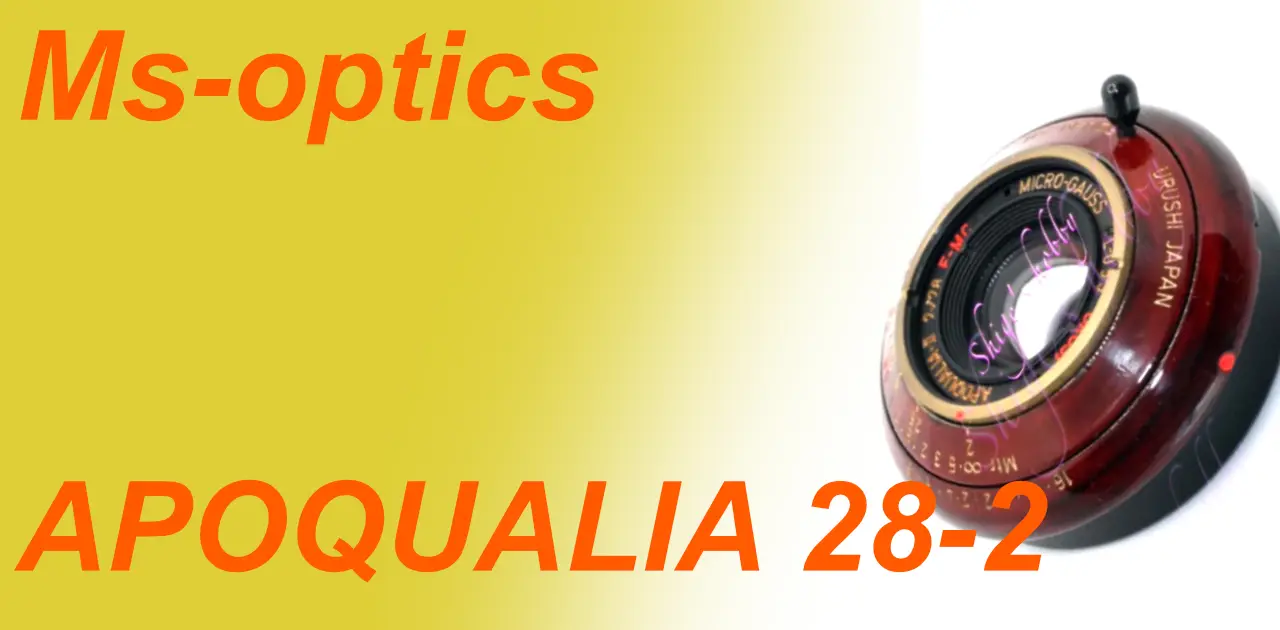

Be First to Comment